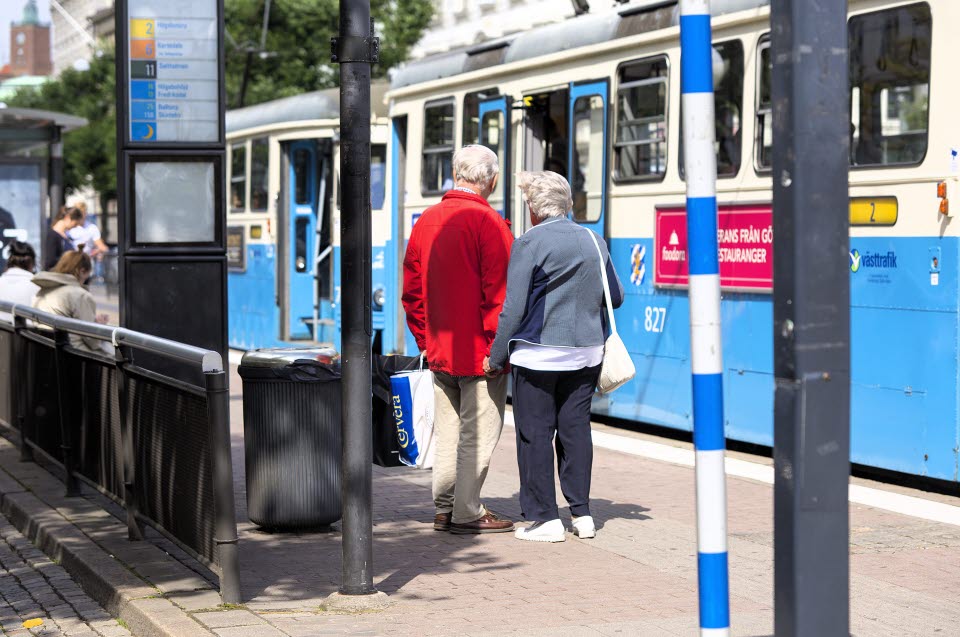ETSC: Take measures for elderly people on the roads

Both the EU and individual Member States must take measures to increase safety for elderly people on the roads. At the same time, an elderly person’s active travel is important for their well-being and health, and should therefore not be restricted unnecessarily. This is the conclusion of a new report from the European Transport Safety Council (ETSC).
The difficult balancing act between, on the one hand, reducing traffic accidents and, on the other hand, encouraging active travel well into old age is repeated in several places in the new report. For instance, the ETSC opposes the proposals from the European Commission that would require people over 70 years of age to have a medical examination before allowing them to continue driving, on the grounds that it is discriminatory.
“This has been investigated in Sweden as well and concluded that general controls are not a good idea. On the other hand, controls for certain groups may be justified,” says Anna Vadeby, senior researcher, who participated in the work on the report.
The report notes that fatal accidents among the elderly have fallen by 30% in Europe over the past ten years. At the same time, the differences between countries are considerable. Norway, Luxembourg, and the United Kingdom are the three safest countries for elderly people on the roads, while Romania, Serbia and Bulgaria have the highest number of fatal accidents.
The risk of being involved in an accident is affected not only by the standard of the road and other infrastructure but also by the age of the road user and the choice of means of transport. More than half of the elderly killed in traffic accidents in 2021 were vulnerable road users – one-third were pedestrians and one in six were riding a bicycle.
The report also highlights the problem of falls among older pedestrians. These are not recorded as traffic accidents in the vast majority of countries. This, even though the cause may well be uneven surfaces and poor standard of pavements and other infrastructure.
“In this respect, however, Sweden is unique because, in the area of road safety, we have a national goal of reducing pedestrian falls by 25% by 2030,” says Anna Vadeby.
To increase road safety for the elderly, the ETSC also proposes several different measures:
• Improved quality and accessibility of public transport.
• More 30 kph zones in traffic.
• Improved infrastructure for pedestrians and cyclists.
• Pedestrian crossings with increased visibility and similar design.
The ETSC is an independent and non-profit organisation working to reduce the number of road accidents in Europe.
Text: Mikael Sönne
Translation: CBG
Links to ETSC and to the report:
Balancing safety and independence External link.
External link.
Don't miss out on VTI's news – subscribe now!
Stay informed with the latest research and news from VTI. Sign up for newsletters, sent by e-mail four times a year.
